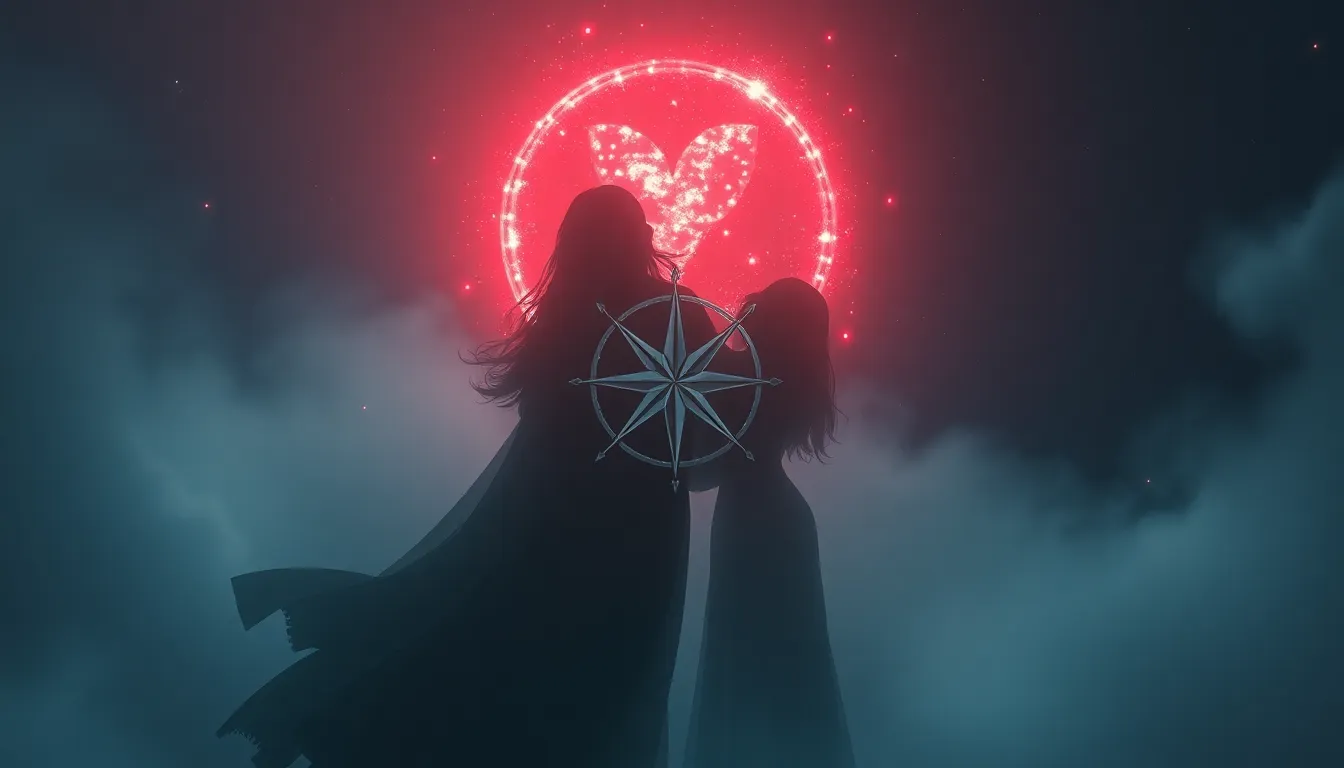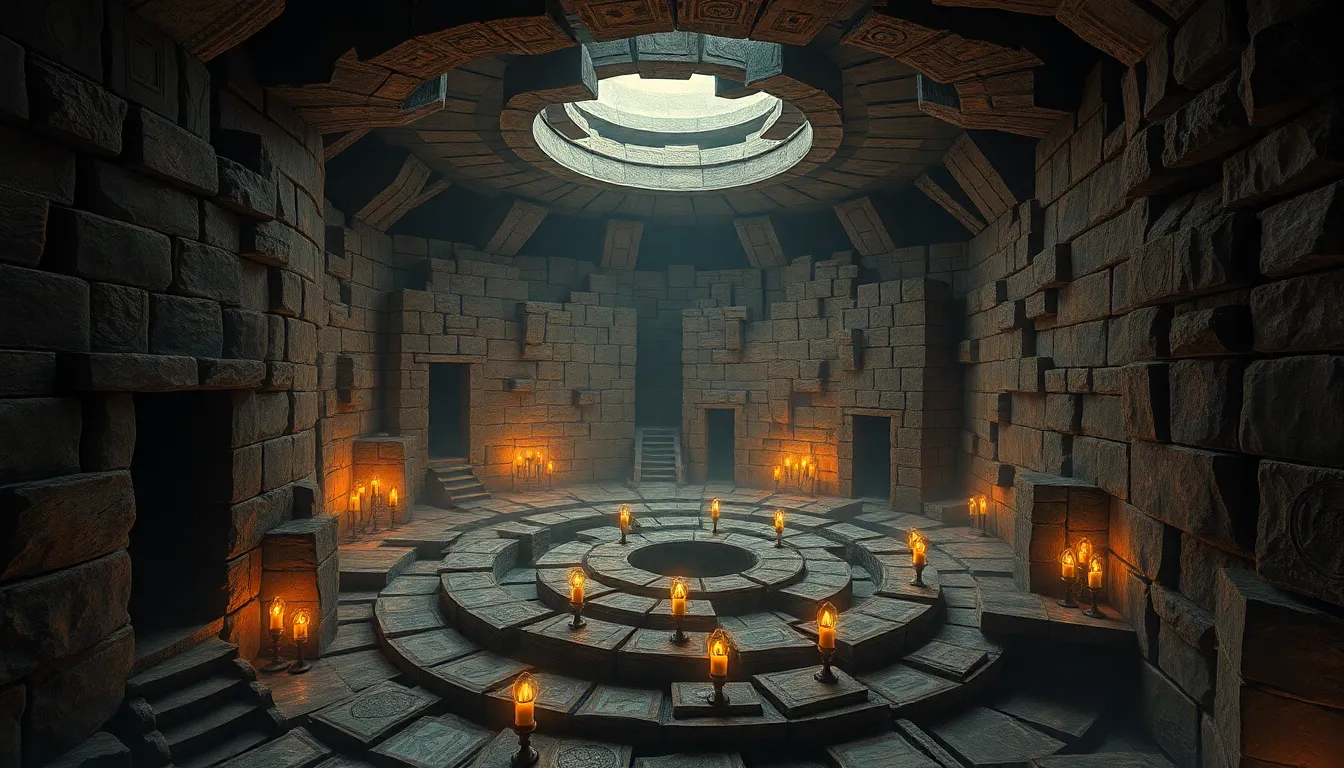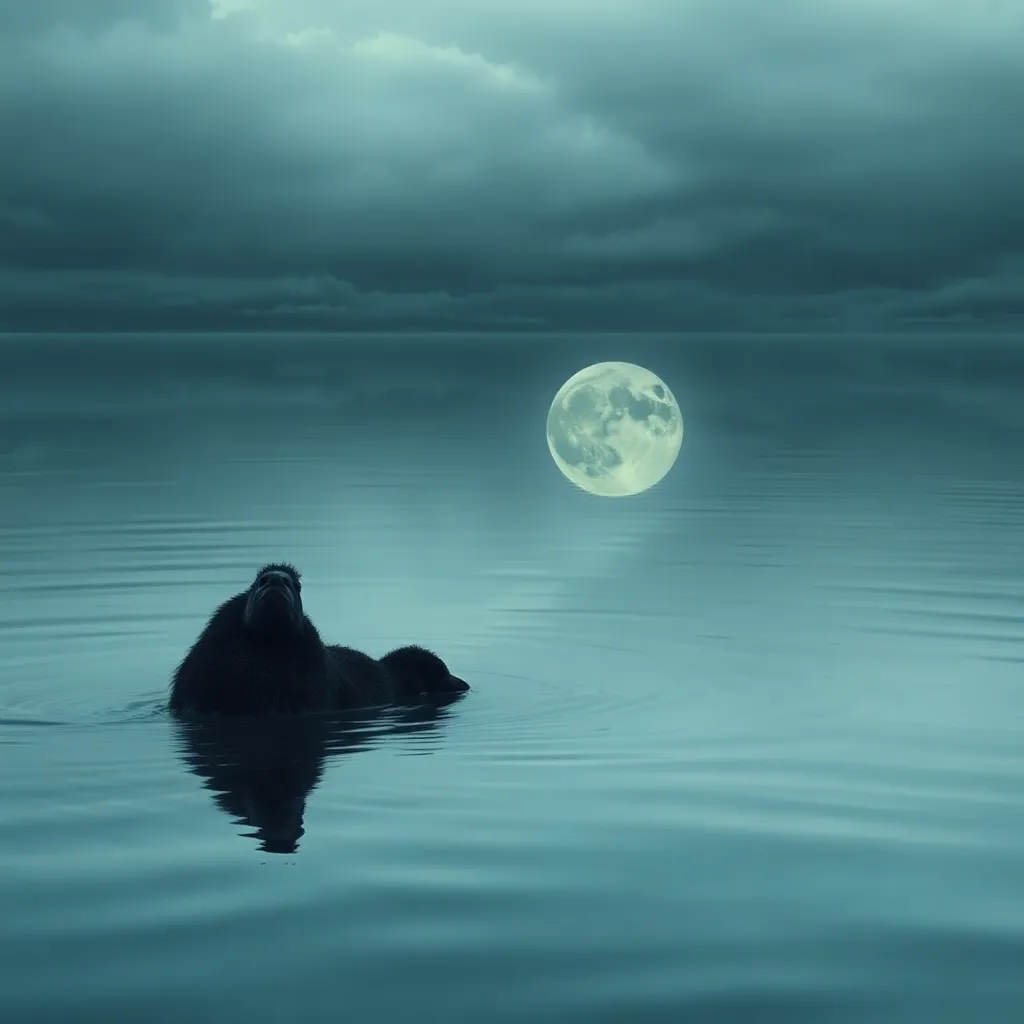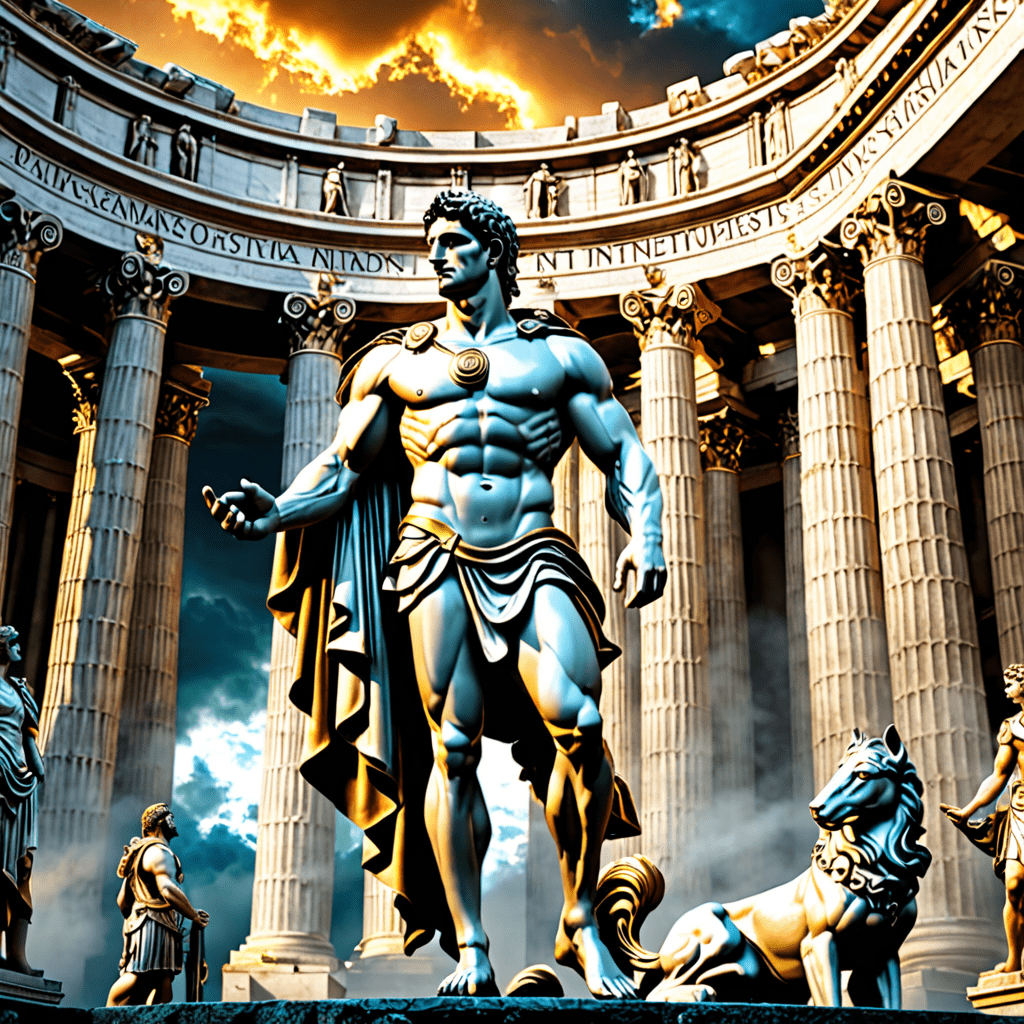The Heart’s Compass: Navigating Love in Mythical Narratives
I. Introduction to Mythical Narratives and Love
Mythical narratives are timeless stories that convey the beliefs, values, and experiences of cultures throughout history. These tales often encompass a wide range of themes, but one of the most prevalent is love. Love in mythology serves as a powerful force, driving characters to undertake epic journeys, face insurmountable challenges, and ultimately transform their lives. In this article, we will explore the multifaceted portrayals of love within mythical narratives, examining its archetypes, the role of fate, its transformative nature, and how it reflects cultural variations and power dynamics.
II. The Archetypes of Love in Mythology
Mythology presents love in various forms, each representing different aspects of human connection. The three primary archetypes of love found in these narratives include:
- Romantic love: This archetype often showcases the journey of lovers who face obstacles and trials to be together. Examples include the passionate love stories of Pyramus and Thisbe or the tragic tale of Orpheus and Eurydice.
- Familial love: Familial bonds are depicted as enduring connections that can transcend time and even death. The bond between Demeter and Persephone illustrates the depths of a mother’s love and the impact of separation.
- Platonic love: Friendships in mythic tales often highlight loyalty, sacrifice, and camaraderie. The friendship between Achilles and Patroclus serves as a poignant example of platonic love that shapes the narrative of the Trojan War.
III. The Role of Fate and Destiny in Love Stories
Fate and destiny are recurrent themes in love stories within mythology, often acting as unseen forces that shape the characters’ lives and relationships. The interplay between fate and free will creates tension and enriches the narrative.
In many myths, characters are bound by fate, with their love stories predetermined. A notable example is the tragic love of Orpheus and Eurydice, whose fates are intertwined in a tragic dance of love and loss. Orpheus’s journey to the Underworld highlights how love can defy even death, yet ultimately, fate prevails.
This leads to a deeper exploration of the tension between free will and destiny. Characters often struggle with their choices, questioning whether their actions are guided by their own desires or by the whims of fate.
IV. Love as a Transformative Force
Love in mythology is not just a backdrop for stories; it is a transformative force that changes characters in profound ways. Through love, characters often undergo significant development and self-discovery.
- Love’s ability to change characters: A common narrative arc involves a character who grows through their experiences of love, such as Psyche in her relationship with Eros, who learns to trust and embrace her own identity.
- Mythical instances of love leading to self-discovery: Characters like Odysseus return from their journeys not only changed by their adventures but also by their experiences of love, making them more complete individuals.
- The duality of love: Love can create and destroy, as seen in the tales of Helen of Troy, whose love leads to the creation of a legendary war but also results in immense suffering.
V. The Symbolism of Love in Mythical Creatures
Mythical creatures often embody the complexities of love, reflecting its various dimensions through their interactions with humans and each other.
- Love and connection with mythical beings: Creatures such as mermaids and fairies symbolize the allure and danger of love, representing both enchantment and the potential for heartbreak.
- The representation of love through animal symbolism: Animals in mythology, like the dove or the swan, are often symbols of love and fidelity, representing the purity and transcendence of romantic bonds.
- Case studies: Creatures like the phoenix illustrate love’s complexities, embodying themes of rebirth and renewal through the transformative power of love.
VI. Cultural Variations in Love Mythologies
Love myths vary significantly across cultures, reflecting the unique values and beliefs of each society. A comparative analysis reveals rich tapestries of love narratives.
- Greek love myths: Greek mythology often portrays love as a source of both joy and suffering, with gods like Aphrodite embodying the dual nature of love.
- Norse love myths: In Norse mythology, love is often intertwined with fate and honor, as seen in the stories of Brynhildr and Sigurd.
- African love myths: African folklore often emphasizes communal love and the interconnectedness of relationships, highlighting the importance of family and community in love stories.
The impact of culture on the interpretation of love is profound, as each tradition offers unique insights into the nature of human connection.
VII. The Intersection of Love and Sacrifice
Sacrifice is a recurring theme in love stories, often highlighting the lengths to which characters will go for love. Myths frequently depict sacrificial love as a moral lesson, emphasizing the virtues of selflessness and devotion.
- Sacrificial love in mythology: The story of Isis and Osiris illustrates the depths of love, as Isis sacrifices her own peace to resurrect her beloved Osiris, showcasing the power of love to conquer death.
- The moral lessons of love and sacrifice: Myths often teach that true love requires sacrifice, prompting characters to make difficult choices that ultimately shape their destinies.
- How sacrifice shapes the narrative arc: The act of sacrifice can serve as a turning point in the narrative, leading to character growth and resolution.
VIII. The Role of Gender and Power Dynamics
Gender roles and power dynamics significantly influence the depiction of love in mythology, often reflecting societal norms and expectations.
- Gender roles in mythical love stories: Many myths portray traditional gender roles, with male heroes embarking on quests for love, while female characters often serve as prizes or symbols of virtue.
- Power struggles in romantic relationships: Myths frequently explore the theme of power dynamics, as seen in the tumultuous relationship between Zeus and Hera.
- Feminist interpretations of love in mythology: Contemporary analyses often highlight the agency of female characters, revealing their contributions to love narratives beyond traditional roles.
IX. Contemporary Reflections of Mythical Love
The influence of mythical narratives on modern love stories is undeniable, as contemporary media often draws inspiration from ancient myths.
- Influence on modern love stories: Many films and novels echo the themes of mythical love, illustrating how these timeless narratives resonate with current audiences.
- The resurgence of ancient myths: Contemporary adaptations of myths in literature and film demonstrate a renewed interest in exploring the complexities of love.
- Lessons from mythology: The enduring lessons of love, sacrifice, and transformation continue to resonate in today’s world, offering insights into navigating modern relationships.
X. Conclusion: The Timelessness of Love in Myths
In conclusion, the exploration of love in mythical narratives reveals its profound complexity and significance. From the archetypes of romantic, familial, and platonic love to the transformative power of sacrifice and the interplay of fate, these stories offer timeless insights into the human experience. As we navigate our own relationships, we can draw inspiration from these ancient tales, recognizing that love, in all its forms, remains a central and enduring aspect of our lives.
Ultimately, the relevance of mythical love narratives persists in our contemporary world, reminding us that love is a powerful force that transcends time, culture, and circumstance.



